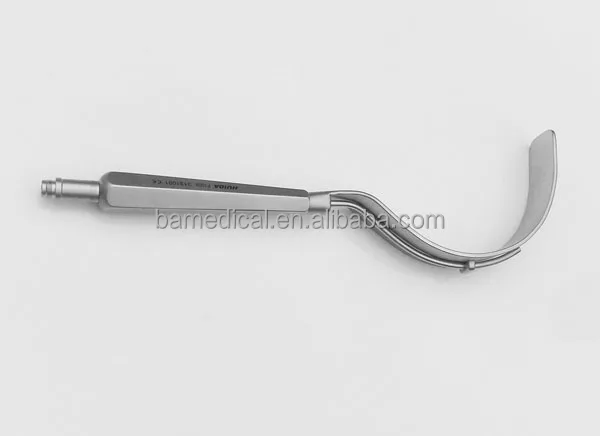


The psychotherapist Julia Bueno ties this in with a wider unease about the way we see female bodies. a floral vulva installation at the Vagina Museum in Camden, north London, in February. “That non-naming is part of the shame, part of the disgust.” “We don’t name the external genitals,” Laffy continues. This is reflected in confusion around the language of female pudenda at the most basic level – many people say “vagina” when they mean “vulva”. “Little girls look down at their genitals and they’re told they don’t have them: boys’ are outside, girls’ inside,” says Laffy. But what is driving this shame and disgust that has become so profound that women have been moved to correct it surgically – and could this bold generation Z labia liberation front overturn it all?Ĭabby Laffy, the founder and director of the Centre for Psychosexual Health in London, says it is not a new problem it is one the late feminist sex researcher Shere Hite pointed out years ago. Of those, 64% were worried about the size and 60% about the shape of their vulva, with almost one-third (30%) worried about the colour of their genitals. In a poll of more than 3,600 readers, the online women’s magazine Refinery29 found that almost half (48%) had concerns about the appearance of their vulva.
VAGINA SHAPES FRONT FULL
And whether you’re in trend or not, you’re still going to have this body.”Īnother TikToker, Jennifer Prentice ( makes the point deftly that, if you start a conversation about labia with anyone whose labia protrude, “it is like fireworks go off in their brain … I’m not weird? I’m not ugly?” Elsewhere on the site, sincere, social-savvy gynaecologists – such as Jennifer Lincoln ( and Jen Gunter ( the author of The Vagina Bible – explain the vast spectrum of what is normal, while campaigners share labiaplasty horror stories and myriad women turn the full beam of their scathing humour on a world that doesn’t understand how varied vulvas can be. A trend can normalise you – but only for as long as that’s the trend. I guess I get frustrated that women’s bodies are only acceptable when they’re on trend. There was a time when it wasn’t ideal to have big thighs or have a big ass – and then it suddenly was.

“And you could apply this to any body part. “When I was making that post, there was a trend of talking about big, juicy coochies,” says Lee over the phone from Vancouver. I get frustrated that women’s bodies are only acceptable when they’re on trend Ying Lee This is most noticeable on TikTok, where Ying Lee ( who is 24 and uses the pronouns they/them, got a huge number of hits on a post about their “phat coochie” (phat means fat coochie means vulva), then more still (6.4m) for a witty and complicated piece to camera about “gatekeeping phat coochie culture”. It is rejecting the whole idea of genital perfection and reclaiming difference as part of being human – or, for brevity, celebrating what is becoming known on social media as an “outie labia”. Now, however, a nascent movement is fighting back. The number of labiaplasty surgeries in 2016 was up 45% on 2015 – the biggest growth of any cosmetic surgery procedure, according to the International Society of Aesthetic Plastic Surgery. The reasons for such surgery are not solely cosmetic – they could be related to childbirth, or chafing during sport – yet the rise is staggering. Labiaplasty is surgery to alter the appearance of the vulva – generally by trying to reduce the size of the labia minora, the inner genital lips, so that they don’t hang below the labia majora, the outer ones. Certainly, throughout art history, the pictures of nude women very seldom had any protruding labia you just had a neat little cleft.” “Quite a lot of people have never even seen their own, so it’s hard to have a concept of what’s normal. Zoe Williams, the spokesperson for the museum (who shares my name), says part of the problem is that most women have not seen other vulvas. Instances of such surgery more than doubled in the first decade of this century, then carried on climbing. When Florence Schechter opened the Vagina Museum – the world’s first museum dedicated to gynaecological anatomy – in London in 2019, it was partly a response to a dramatic rise in labiaplasty surgery.


 0 kommentar(er)
0 kommentar(er)
